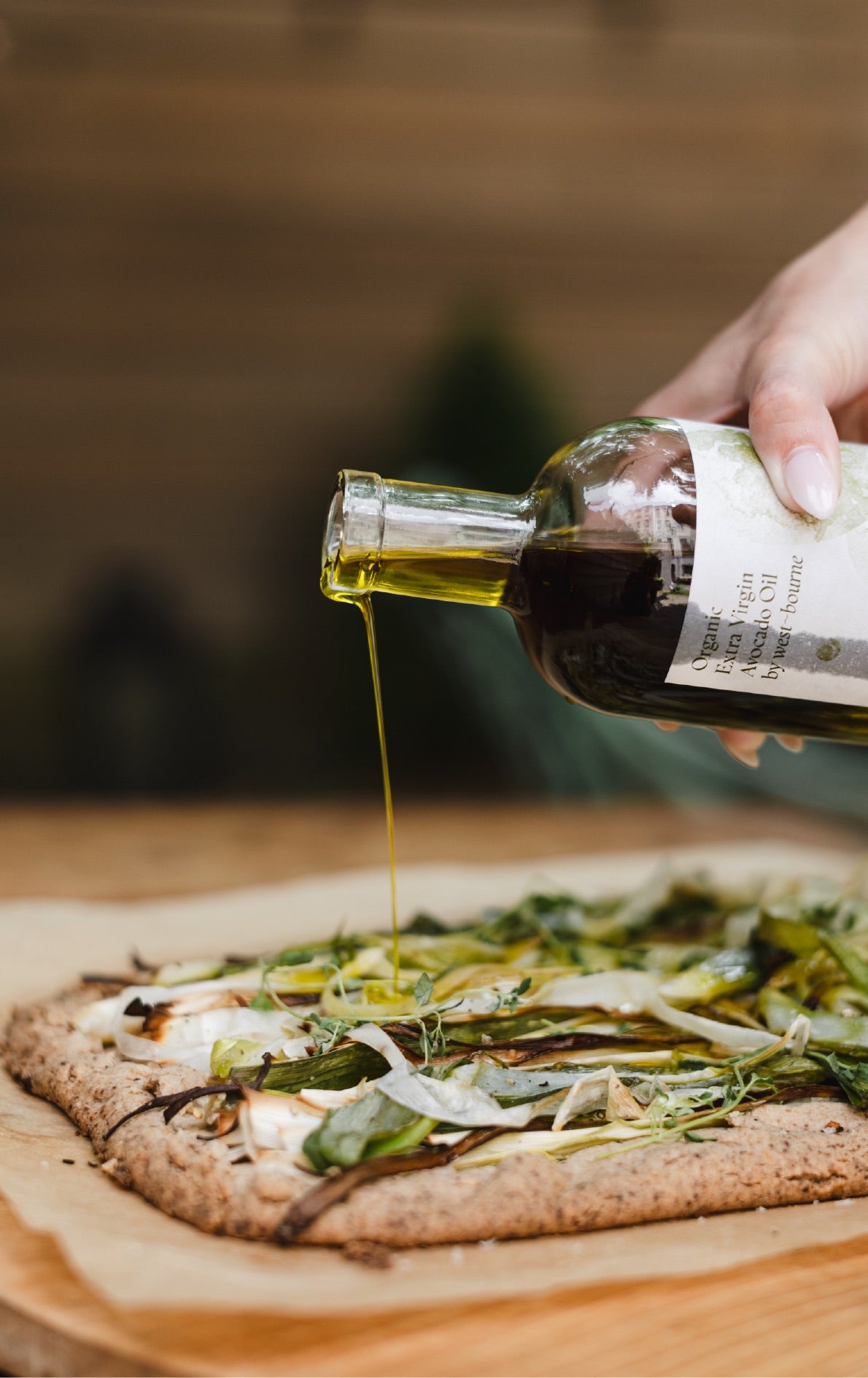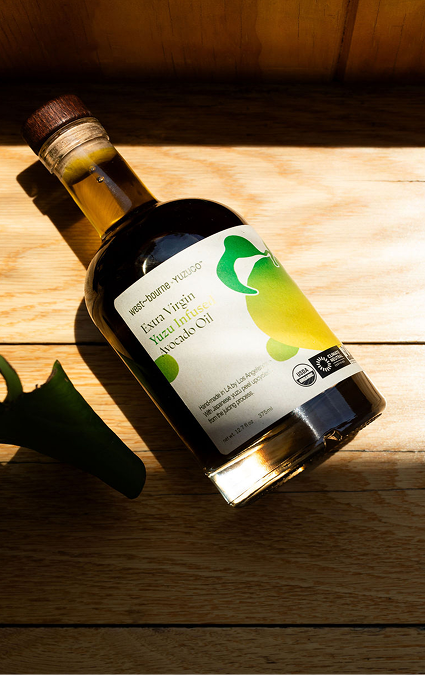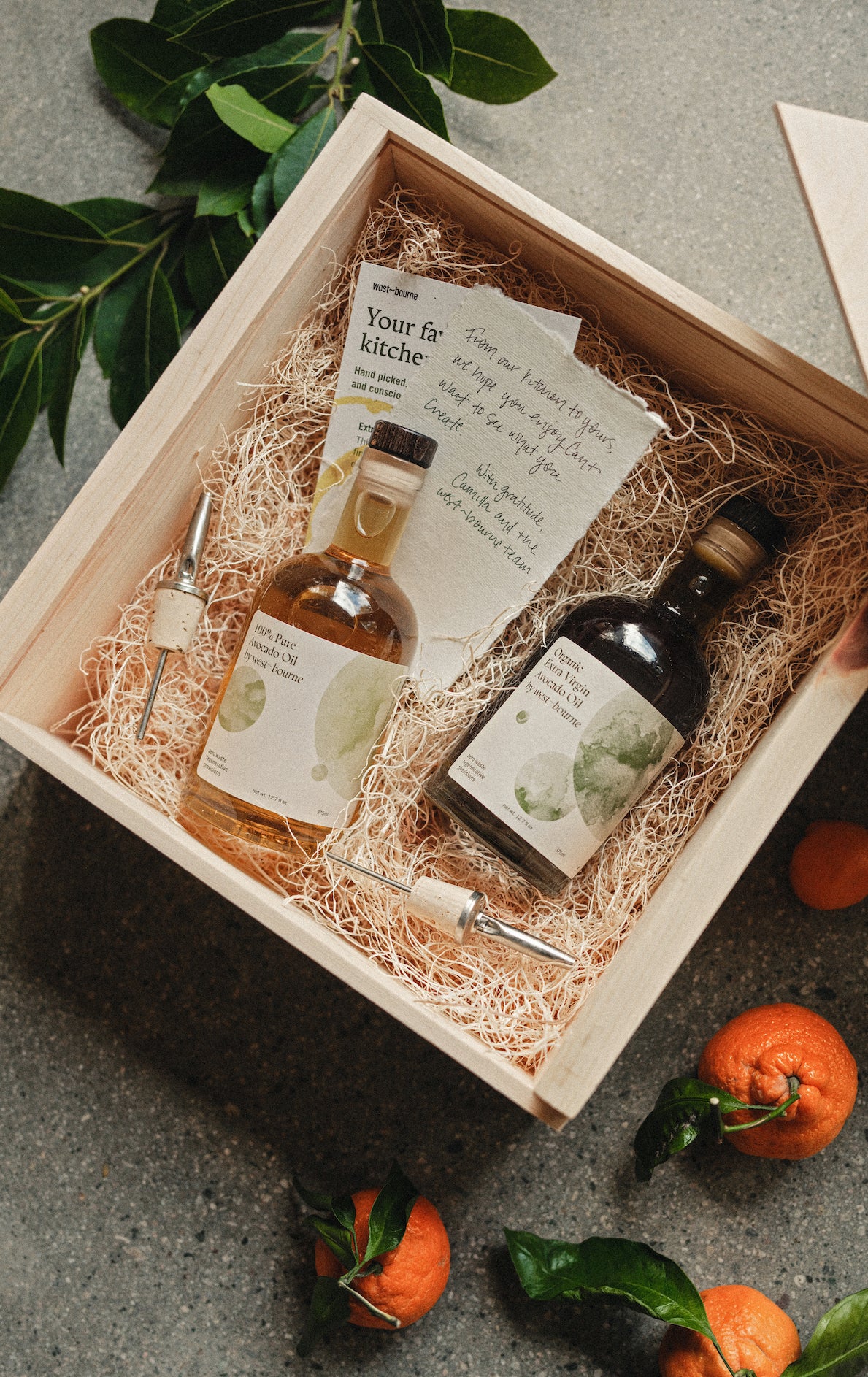Leave No Trace: Rethinking Holiday Waste

For a culture that reveres minimalism most of the year, the holiday season marks a striking departure from restraint. As the season of giving rolls in, so does the consequence of waste. Each December, an estimated 4.6 million tons of holiday-related trash—wrapping paper, gift bags, and packaging—end up in American landfills. Globally, 30 million trees are cut down annually to produce gift wrap that is often nonrecyclable. And the season's centerpieces—plastic decorations, synthetic ribbons, and nearly 50 million real Christmas trees—are discarded within days or weeks, left curbside like relics of excess.
This isn't a call to abstain from celebration. Quite the opposite. At its core, the season is about the abundance of community: a time to gather, to ground, and to share. The wastefulness of the holidays comes only out of habit. Wrapping gifts in coated paper, layering plastic ribbons and bows—these are learned behaviors. And like all things passed down, they can evolve.
To celebrate with less waste is not to sacrifice joy—it's to refine it. The holidays need not end in a sea of discarded paper and plastic. When we choose less waste, we make space for what endures—care and intention. Below are a few thoughtful shifts toward celebrating generously—in order to deck the halls, not the landfills.

Photo from Greenpeace.
1. Skip the Gift Wrap
Beauty doesn't need to be wrapped in waste. Sometimes the most meaningful gifts come without packaging at all. A well-made object can speak for itself. Rather than layering with waste, consider presenting your gift as is, or wrapped in something that becomes part of the gift—a tea towel, a tote bag, afuroshiki cloth.
At west~bourne, we've chosen not to wrap our gift offering this season. Regeneration begins with perspective, and by thinking outside the box—or skipping it altogether—we can protect forests, reduce landfill waste, and return to the essence of the season: thoughtful, generous, and rooted in care.

Photograph by Leslie Santarina forRemodelista.
2. Reuse and Rethink Wrapping
If you are going to wrap gifts, choose materials that can be reused, recycled, or composted. Traditional wrapping paper is often nonrecyclable—especially when glittered or laminated. Instead, reach for 100% recycled kraft paper, newspaper, or reusable cloth wraps like furoshiki. Opt for natural twine or cotton ribbon in place of plastic versions, and consider using fresh herbs or citrus as bows. Secure any wrapping using paper-based washi tape over clear plastic versions. Reuse what you have—boxes, bags, and cards. Repurpose paper and art/magazine clippings into gift tags, or send a holiday card digitally instead of on cardstock. And if you do use paper, make sure it's clean and recyclable before sending it to the bin.
3. Say No to Plastic
From curling ribbon to glitter decor, plastic has too long been a fixture of the holiday aesthetic—but it wasn't always this way. For most of the 20th century, holiday decorations were made of natural materials: paper, glass, tin, and wood. The explosion of plastic in the mid-century brought convenience, but at a long-term cost. Americans generate roughly 25% more plastic waste during the holiday season, much of it from disposable packaging, decorations, and mass-produced goods that are used briefly and discarded.
Skip the glitter, tinsel, and synthetic trimmings—they are nearly impossible to recycle and often end up polluting waterways. Make a commitment to a plastic-free holiday this year. Double-check the materials in the gifts you give, the wrap you choose, and the decorations you bring into your home. Plastic-free isn't just chic—it's a return to something more enduring, more intentional, and a chance to build new traditions rooted in nature.


Photographs from House & Garden.
4. Choose Renewable Decor (and Evergreens)
In the United States, 30 million real Christmas trees are cut down annually—and often discarded curbside come January. Moreover, commercial Christmas tree farms often utilize a cocktail of pesticides—chlorothalonil, atrazine, simazine, glyphosate, hexazinone, carbaryl, chlorpyrifos, and dimethoate. One USDA survey across six major tree-producing states reported about 270,000 pounds of pesticide use annually on Christmas tree farms.
Don't let this data drive you to an artificial (plastic) Christmas tree as an alternative: A 6-foot artificial tree has a carbon footprint of about 40 kg CO₂ and requires about 7-10 years of use to make it comparable in impact to a natural tree used every year. Additionally, most alternatives are made of non-recyclable polyvinyl chloride (PVC) and metal—releasing microplastics and synthetic residues in landfills for generations to come (Source: Sustainability Magazine).
Our suggestion? Skip the tree—and artificial alternatives—and source aromatic cuttings or garlands made from local cedar, bay laurel, cypress, or even olive branches. These are best found at your local farmers market. Be sure to ask questions while shopping: Are they from the farm directly or from third-party vendors? How are they grown (pesticide use)? And are they grown in a regenerative capacity? At the end of the season, be sure to compost these dried-out materials with your local municipality.


5. Shop Small Producers and Slow Supply Chains
Choose gifts with provenance and purpose. Avoid big-box stores and global warehouses, and opt for goods made closer to home—from small producers, regenerative growers, or local makers. Fewer gifts, chosen with care, carry more meaning and a smaller footprint.
Favor edible essentials and pantry staples: specialty oils and mixes, or natural wine crafted with integrity. Think slow-made, shelf-stable, and practical—items that will be used, not forgotten. Sometimes the most elegant gift is a bottle of exceptional cooking oil. At west~bourne, we believe in giving more while taking less. Our Organic 100% Pure and Organic Extra Virgin Avocado Oils are grown regeneratively, in entirely plastic-free packaging, and support a more sustainable food system.







